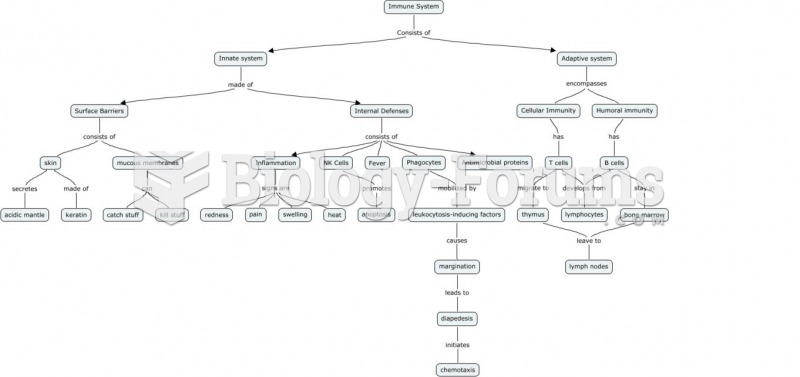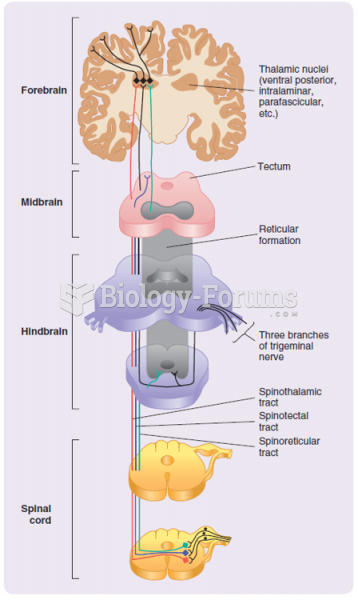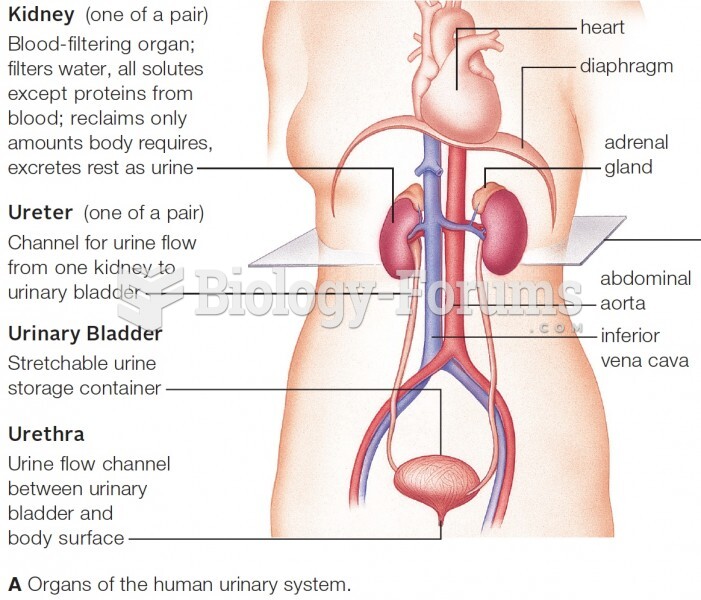Answer to Question 1
This may seem like a small difference at first, but it is a difficult thing to get everyone across the enterprise to think in terms of the overall processes and how they can be reengineered to be more efficient. Users normally just think about the data and processes that they need or work with. This focus will also mean that the implementation team will be composed of people from all the different functional areas. Since ERP software comes with best practices embedded in it, the users will spend much more time on determining where it should be customized and where it can be used unchanged.
Answer to Question 2
The type of interaction between the end user and the database that involves front-end applications is called indirect interaction. Another type of interaction between the end users and the database, called direct interaction, involves the end user communicating directly with the DBMS. Whereas indirect interaction typically requires very little or no database skill from the end user, the level of expertise and knowledge needed for direct interaction requires database-related training of the end users. The direct interaction requires that the end user knows how to issue commands to the specific DBMS. This typically requires that the end user knows the language of the DBMS.







